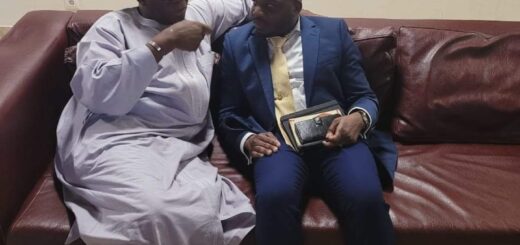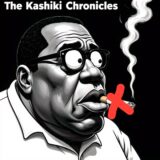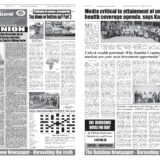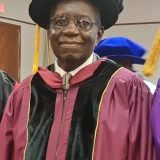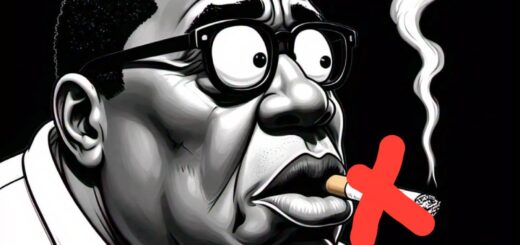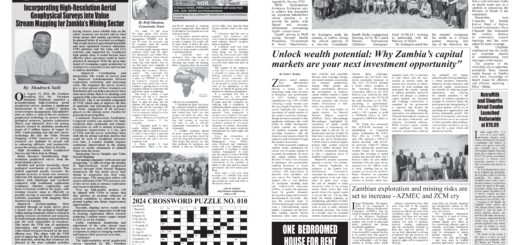SATURDAY JANUARY 11, 1964
Notice: Undefined index: catFilterList in /home/zambi/public_html/wp-content/plugins/wp-likes/api.php on line 243
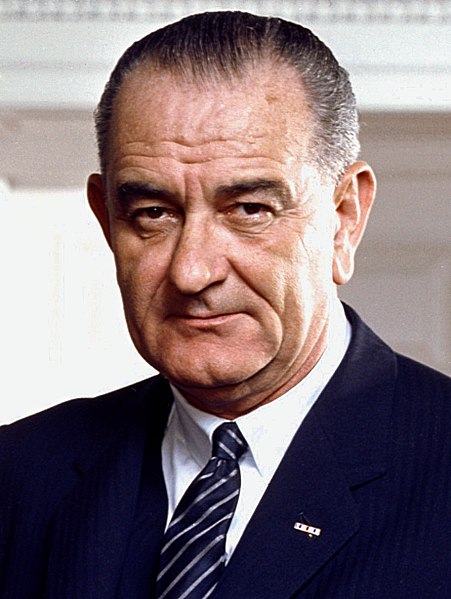
Lyndon Baines Johnson (/ˈlɪndən ˈbeɪnz/; August 27, 1908 – January 22, 1973), often referred to by the initials LBJ
SATURDAY JANUARY 11, 1964
US date format: 1/11/1964, UK date format: 11/1/1964
It was Saturday, under the sign of Capricorn (see birth chart on January 11, 1964). The US president was Lyndon B. Johnson (Democrat). Famous people born on this day include Élise Tielrooy and Sherry Yard. In that special week of January people in US were listening to There! I’ve Said It Again by Bobby Vinton. In UK Glad All Over by Dave Clark Five was in the top 5 hits. Zulu, directed by Cy Endfield, was one of the most viewed movies released in 1964 while Herzog by Saul Bellow was one of the best selling books. On TV people were watching That’s My Boy.
But much more happened that day: find out below..
You can also have a look at the whole 1964 or at January 11 across the years.
Lyndon Baines Johnson (/ˈlɪndənˈbeɪnz/; August 27, 1908 – January 22, 1973), often referred to by the initials LBJ, was an American politician who served as the 36th president of the United States from 1963 to 1969. Formerly the 37th vice president from 1961 to 1963, he assumed the presidency following the assassination of President John F. Kennedy. A Democrat from Texas, Johnson also served as a United States Representative and as the Majority Leader in the United States Senate. Johnson is one of only four people who have served in all four federal elected positions.[b]
Born in a farmhouse in Stonewall, Texas, Johnson was a high school teacher and worked as a congressional aide before winning election to the US House of Representatives in 1937. Johnson won election to the United States Senate from Texas in 1948 after winning the Democratic Party’s nomination by an extremely narrow margin that was manufactured by friendly political machines.[2] He was appointed to the position of Senate Majority Whip in 1951. He became the Senate Minority Leader in 1953 and the Senate Majority Leader in 1955. He became known for his domineering personality and the “Johnson treatment”, his aggressive coercion of powerful politicians to advance legislation.
Johnson ran for the Democratic nomination in the 1960 presidential election. Although unsuccessful, he accepted the invitation of then-Senator John F. Kennedy of Massachusetts to be his running mate. They went on to win a close election over the Republican ticket of Richard Nixon and Henry Cabot Lodge Jr. On November 22, 1963, Kennedy was assassinated and Johnson succeeded him as president. The following year, Johnson won in a landslide, defeating Senator Barry Goldwater of Arizona. With 61.1 percent of the popular vote, Johnson won the largest share of the popular vote of any candidate since the largely uncontested 1820 election.
In domestic policy, Johnson designed the “Great Society” legislation to expand civil rights, public broadcasting, Medicare, Medicaid, aid to education, the arts, urban and rural development, public services and his “War on Poverty“. Assisted in part by a growing economy, the War on Poverty helped millions of Americans rise above the poverty line during his administration.[3] Civil rights bills that he signed into law banned racial discrimination in public facilities, interstate commerce, the workplace and housing; the Voting Rights Act prohibited certain requirements in southern states used to disenfranchise African Americans. With the passage of the Immigration and Nationality Act of 1965, the country’s immigration system was reformed, encouraging greater emigration from regions other than Europe. Johnson’s presidency marked the peak of modern liberalism after the New Deal era.
In foreign policy, Johnson escalated American involvement in the Vietnam War. In 1964, Congress passed the Gulf of Tonkin Resolution, which granted Johnson the power to use military force in Southeast Asia without having to ask for an official declaration of war. The number of American military personnel in Vietnam increased dramatically, from 16,000 advisors in non-combat roles in 1963 to 525,000 in 1967, many in combat roles. American casualties soared and the peace process stagnated. Growing unease with the war stimulated a large, angry anti-war movement based chiefly among draft-age students on university campuses.
Johnson faced further troubles when summer riots began in major cities in 1965 and crime rates soared, as his opponents raised demands for “law and order” policies. While Johnson began his presidency with widespread approval, support for him declined as the public became frustrated with both the war and the growing violence at home. In 1968, the Democratic Party factionalized as anti-war elements denounced Johnson; he ended his bid for renomination after a disappointing finish in the New Hampshire primary. Nixon was elected to succeed him, as the New Deal coalition that had dominated presidential politics for 36 years collapsed. After he left office in January 1969, Johnson returned to his Texas ranch, where he died of a heart attack at age 64, on January 22, 1973.
Johnson is ranked favorably by many historians because of his domestic policies and the passage of many major laws that affected civil rights, gun control, wilderness preservation, and Social Security, although he also drew substantial criticism for his escalation of the Vietnam War.[4][5]

Lyndon Baines Johnson (/ˈlɪndən ˈbeɪnz/; August 27, 1908 – January 22, 1973), often referred to by the initials LBJ 10 fascinating facts about President Lyndon B. Johnson
August 27, 2019 by NCC Staff On the occasion of President Lyndon Johnson’s birthday, the National Constitution Center looks at 10 interesting facts about one of the most colorful and controversial figures in American history.
Even if Johnson hadn’t become President after John F. Kennedy’s assassination in November 1963, his career in Congress still would have made him a remarkable historical figure.
Johnson’s time in office came during a period of huge societal change in American society, marked by the civil rights revolution and the Vietnam War.
Johnson’s legacy among historians and the public has also evolved since his death in 1973. Indeed, along with Richard Nixon, who followed him as President, Johnson is seen as a complex figure involved in many significant initiatives and events that have marked modern American history.
So how did someone born into poverty in Texas and who started out as a school teacher become one of the pivotal figures of the twentieth century?
Here are 10 fascinating milestones from Johnson’s life and career:
1. Johnson was indeed from humble origins. He was born on August 27, 1908, in Stonewall, Texas. The Johnson family had been in the area for generations, but Johnson’s father had financial problems, and the future President grew up under difficult circumstances. As Senator and President, Johnson had a chance to translate his sympathy for the less fortunate into real social policy laws.
2. Johnson’s first career was as a teacher. As a student at Southwest Texas State Teachers College, Johnson was assigned to a tiny Hispanic school in a deeply impoverished area on the Mexican border. Johnson left his brief career as a teacher after four years to pursue politics during the Great Depression.
3. Johnson’s political ambitions were clear early in his career. His father had served in the Texas state legislature, and Johnson became a congressional aide in 1931. In 1937, he won a special election to the U.S. House to replace a deceased Texas House member named James Buchanan
4. Johnson was the “surrogate son” of powerful House Speaker Sam Rayburn. The legendary Rayburn had served in the Texas legislature with Johnson’s father, and Rayburn backed Johnson’s fast rise as a leader within Congress.
5. Johnson was nearly killed in World War II. Johnson entered the Naval Reserves while still a Congressman, and on his only bombing run, he boarded a plane called the Wabash Cannonball for a mission in the South Pacific. A last-second trip off the plane to use a bathroom saved Johnson’s life. On his return from the facilities, Johnson boarded another plane that survived the mission. The Wabash Cannonball crashed, with a total loss of life.
6. The Landslide Lyndon incident. Johnson won election to the U.S. Senate in 1948 after winning a Democratic primary by only 87 votes. Allegations of voter fraud are debated to this day.
7. Johnson quickly became the Senate’s leader. In 1953, he was named Senate minority leader after opposing Republicans gained control of the Senate. Two years later, Johnson became Majority Leader when Democrats regained power.
8. The energetic Johnson reshaped the role of Senate Majority leader. Despite having a heart attack in 1955, Johnson worked tirelessly to promote himself and his agendas, including civil rights legislation and the American space program. His ability to persuade politicians of both parties was legendary.
9. Why did Johnson decide to become Vice President? After losing a bitter campaign against Kennedy in the 1960 Democratic primary, the Kennedys shocked observers by choosing Johnson as Kennedy’s running mate. One theory is that Johnson saw the position of Vice President as expanding his power base in the Senate. But after the 1960 election, Johnson was rebuffed when he tried to chair the Democratic conference in the Senate; his fellow Democrats saw the move as a violation of the separation of powers between the executive and legislative branches.
10. The Johnson presidency was incredibly active. In addition to pursuing the Vietnam War, President Johnson pressed on with an expansive slate of programs labeled as the “Great Society” that included three landmark civil rights bills and Medicare. But Vietnam’s impact damaged Johnson’s political base severely, and he declined to run in the 1968 presidential election.
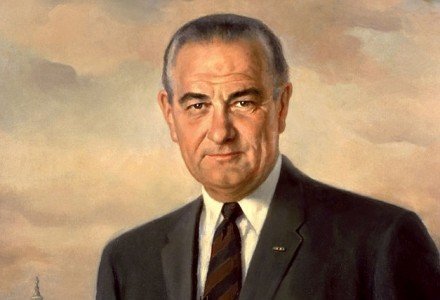
Lyndon B. Johnson








